Don’t miss our New England Beer & Baseball adventure in 2026! Click here to register!
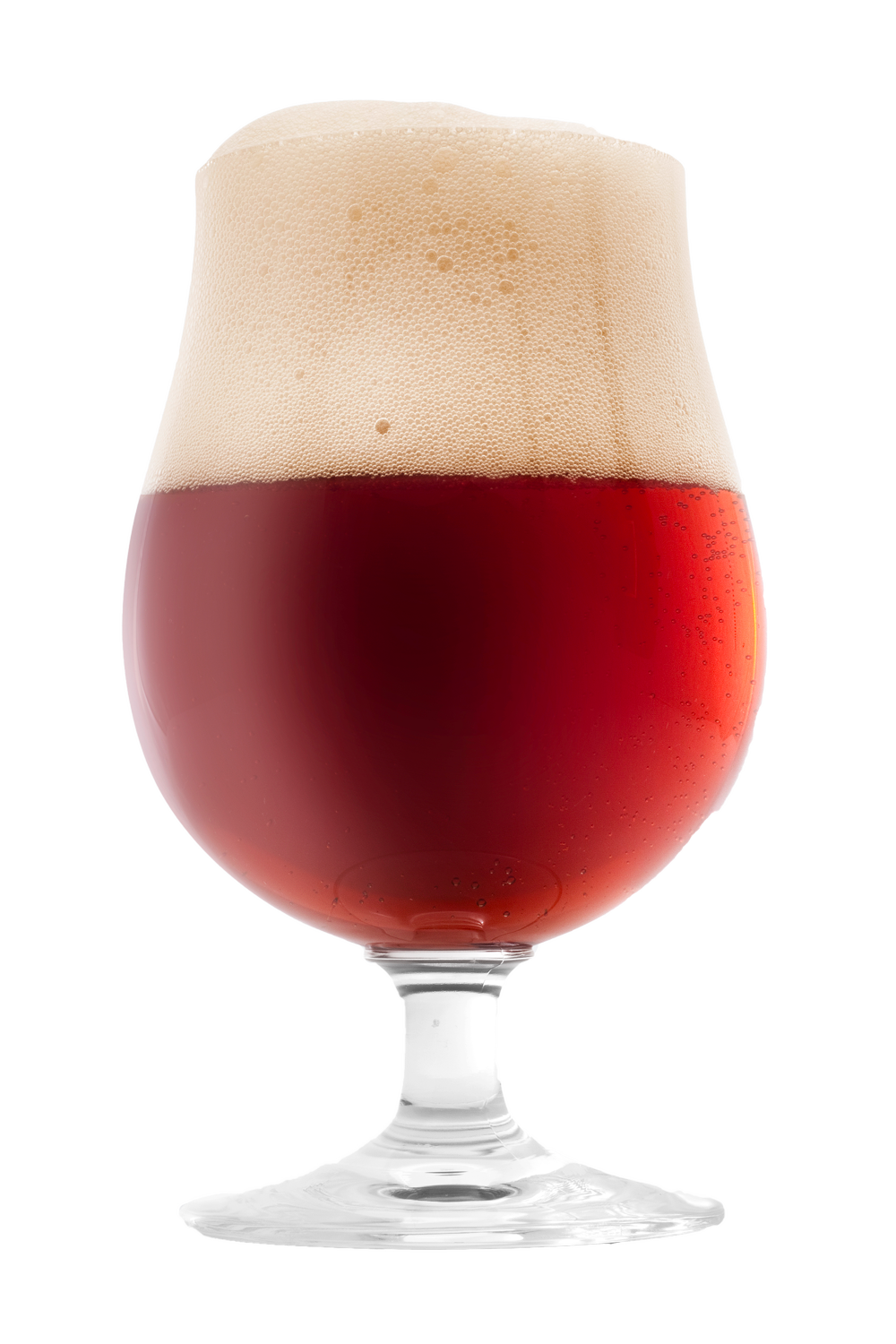
Recipes
Posts
-
 Recipe
Recipe
Breckenridge Brewery’s Christmas Ale clone
Breckenridge Brewery describes this winter warmer as a beer with extra flavor and strength, with a sturdy texture and rich flavors of carame
-
 Recipe
Recipe
Saint Arnold Christmas Ale clone
“There are no spices in (the Christmas Ale) at all, but I would have sworn there was before I started working here.” — Saint Arnold
-
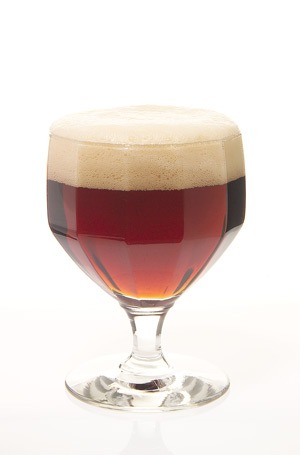 Recipe
Recipe
Northern Brewer’s New Old Ale
Old ale has a caramel/nutty malt character with toffee-like,roasty overtones. It is full bodied with a smooth malty-sweet finish.The oats he
-
 Recipe
Recipe
Organic Dubbel
For a healthy fermentation, aerate very well before pitching yeast. This is a high gravity beer and the yeast needs extra oxygen to get a go
-
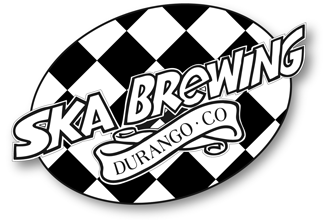 Recipe
Recipe
Ska Brewing Co. Kingpin Double Red clone
A malty English Scottish Strong Red Ale.
-
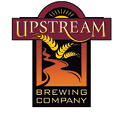 Recipe
Recipe
Upstream Brewing Company Grand Cru Clone
What’s the secret to making a good barrel aged beer? “Good wood, great beer, a little imagination and lots of patience.” —Zac Trie
-
 Recipe
Recipe
Celebration Beer
Something akin to the historic Burton ale, this Celebration Beer recipe has plenty of support from the hops to balance out the beer to provi
-
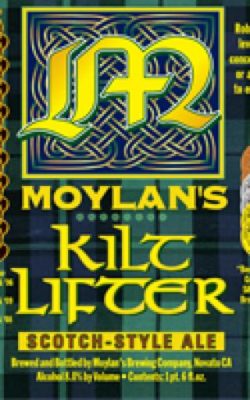 Recipe
Recipe
Moylan’s Brewery’s Kilt-Lifter Wee Heavy clone
The recipe for Kilt-Lifter, the wee heavy they pour at Moylan’s, was developed in 10-gallon batches during Paddy Giffen’s days as a home
-
 Recipe
Recipe
Gold Finger (James Blonde Barleywine)
This unconventional Barleywine is light in color but non-compromising in strength. It could also be called James Blonde.
-
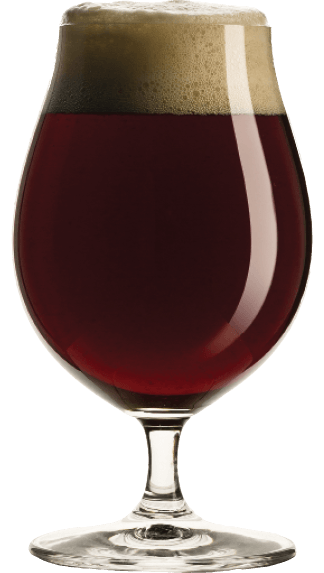 Recipe
Recipe
Old Glory Barleywine
An no-fuss, extract only Barleywine recipe.
-
 Recipe
Recipe
Dixie Cup Boardwalk Belgian Quadrupel
This was the beer that was given to each of the attendees of this year’s Houston Foam Ranger’s Dixie Cup Homebrew Competition. The theme
-
 Recipe
Recipe
Mike’s “Devilish” Belgian Strong Golden Ale
“You little devil, you!”
